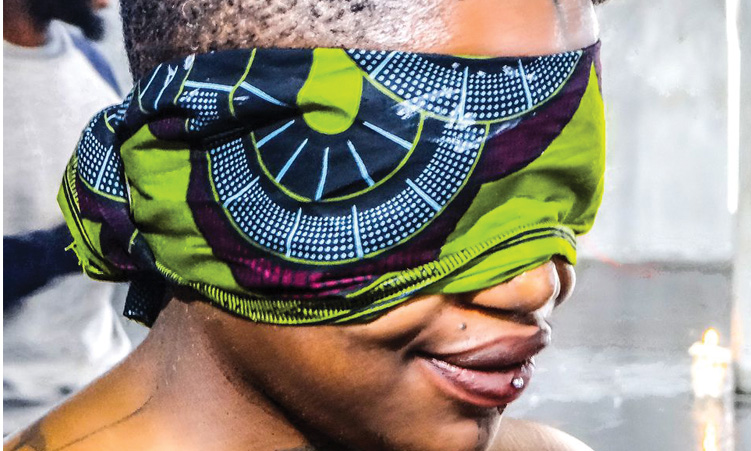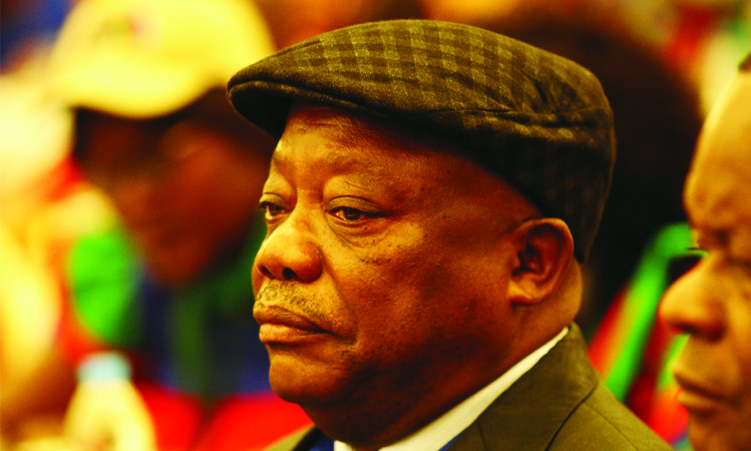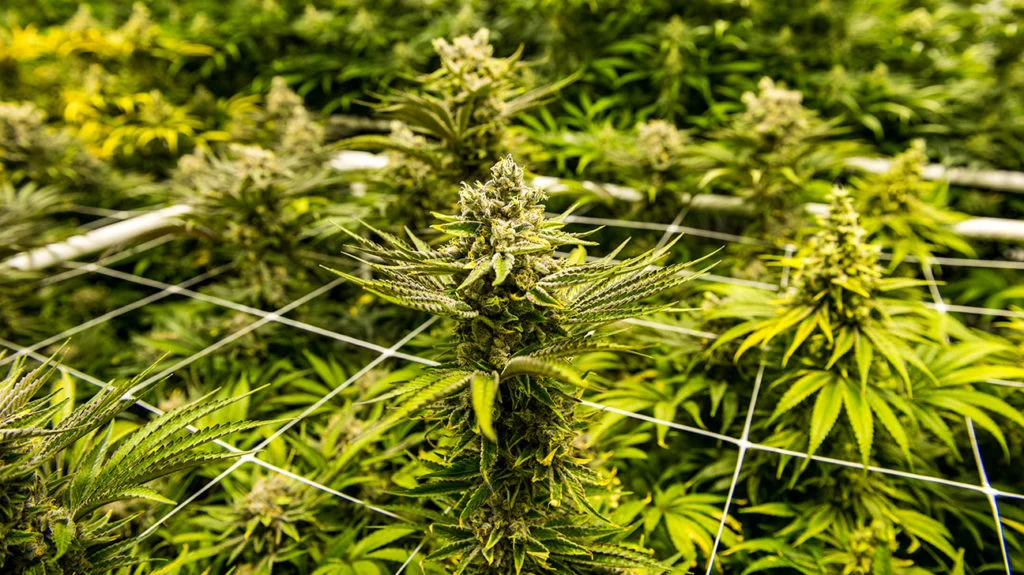For a number of artists currently showcasing amid Windhoek’s dynamic art scene, there is something in the water.
From Ndakalako Shilongo’s recent screening of her riverside ‘Momeya’ to last month’s oceanic Topnaar tale presented to ovation at the National Theatre of Namibia, water is what grounds folklore, theatric forgotten history and a visual art exhibition with a tongue-twisting title.
In the second volume of ‘The fish that sees its water is getting shallow cannot be stranded’, curator Nashilongweshipwe Mushaandja presents a vivid catch of photography, mixed media, prints, installations, performance art, documentation and sculpture at the Franco-Namibian Cultural Centre (FNCC).
The result of Mushaandja’s observation of the recurrence of fish in contemporary Namibian art, the collection seeks to explore the creative allure of fish, water and water cultures and their historic expression in local art.
At the FNCC’s Simon Lumbu Gallery, the diversity of this expression is fascinatingly on display.
Topical in work by Veronique Kuchekena-Chirau, Tuli Mekondjo and Shomwatala Shivute who situate their frames in the layered realities of Lüderitz, the exhibition considers the potential of water as memory and as resource. Capturing sombre images of their traditionally dressed selves, as well as ships on the sea, the photographers present their works in the shadows of traumatic colonial history and with the glare of post-colonial/neo-colonial economic extraction on the horizon.
Issues of capitalist extraction are also present in ‘Fishrot Aquarium Cleansing’, an elaborate cardboard print by Joseph Madisia that recalls the protective masks and disease of the Covid-19 pandemic alongside the pursuit of justice in the wake of corruption within Namibia’s lucrative fishing industry.
“The exploitation and unequal distribution of natural resources continues to be a pressing matter in our country,” says Mushaandja. “The ocean continues to be one of the sites that is highly exclusive and inaccessible to most Namibians, again making it a space for the privileged few.”
Foreshadowing the Fishrot scandal is Kay Cowley’s documentation of her 1999/2000 installation ‘In Search of the Moneyfish’. The installation embodies the allegory of a community of fish whose dreams are thwarted by bureaucracy and corruption.
Cowley’s work additionally speaks to the politics of Jo Rogge’s mixed media ‘Mare Nostrum’, which considers the nightmare of African migrants’ dangerous oceanic passage to seemingly richer economic landscapes.
Inclusive of fish in folklore and culture, the exhibition also features Samuel Mbingilo’s ‘Rain Callers’ (1998). The intriguing lino print depicts a group of hybrid fish/men performing a rain calling ritual as dark clouds gather overhead. More literal in his rendering, artist Ismael Shivute showcases a trio of wire and metal fish sculptures.
Finally and most prolific is an extensive collection by nude artist Julia Hango, who presents a pap and fish offering to opening night guests and to the Yoruba water goddess Yemayá.
Hango’s collection includes digital photo collages of watery, metaphysical spaces, photography of mussels suggesting vaginas, an ecofeminist installation decrying ocean pollution and a striking photographic collaboration with Lila Swanepoel, among much more. Multifaceted and expressive in a manner that underscores the artist’s deep fascination with the subject matter, Hango’s offering seems at the brink of a solo.
Trawling the waters of the climate crisis, corruption, origin, return, exploitation, desecration, healing and history, ‘The fish that sees its water getting shallow cannot be stranded’ will be on display at the Franco-Namibian Cultural Centre until 22 August.
– martha@namibian.com.na; Martha Mukaiwa on Twitter and Instagram; marthamukaiwa.com
Stay informed with The Namibian – your source for credible journalism. Get in-depth reporting and opinions for
only N$85 a month. Invest in journalism, invest in democracy –
Subscribe Now!









